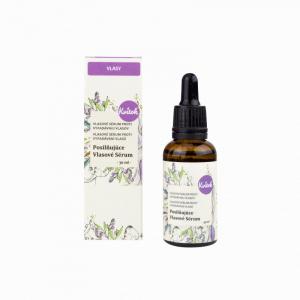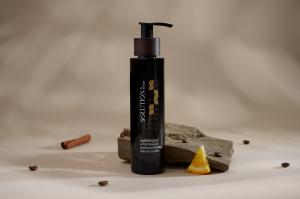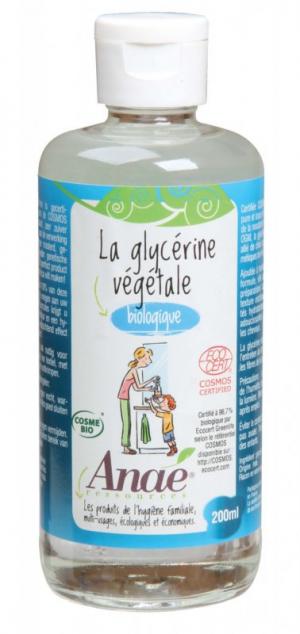Field mustard (Sinapis arvensis)
Other names: mustard, mustard, mustard, mustard, charlock, yellow charlock, Ackersenf, Tekersenf, mustard
Harm score: 1 (Natural substances)
Mustard, Sinapis arvensis, is a species of wild mustard that is very common in the Czech Republic. Its other names are peasant mustard, peasant mustard, charlock or yellow charlock in English and Ackersenf or Tekersenf in German. This annual to biennial plant belongs to the hawthorn family. It is 30 to 80 cm tall, has golden yellow flowers and leaves with a very distinctive nervous pattern. Its fruits are typical six-lobed fruits, which can be found from April to October.
Although it is a weed, field mustard has its uses. In the past, mustard was used to make condiments for dishes, giving it its popular name. Today, however, it is mostly used as animal feed, but also in medicine for its antibacterial properties. In addition, field mustard is used in agriculture as a green manure. The crushed leaves and seeds of field mustard also serve as a repellent against insects and fungi. Field mustard is also a good source of nectar for bees and other pollinating insects. As it is a weed that spreads easily and can suppress crops, control and preventive measures against its spread are important.
Field mustard (Sinapis arvensis) can be found in the following products

Strengthening hair serum (30 ml) - suitable for hair loss
Product detail
Slimming and Shaping Anticellulite Body Cream - 150 ml
Product detail
Anaé by Vegetable Glycerin BIO (200 ml) - moisturizes and softens the skin
Product detail
Marzipan
Product detail